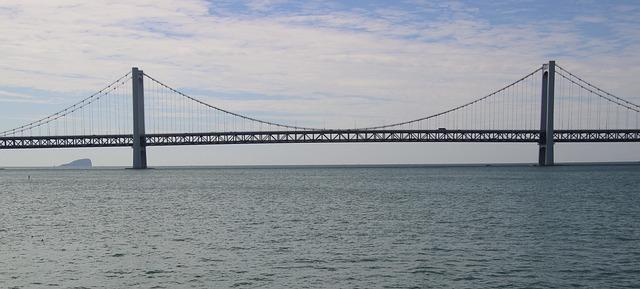Dalian Jinzhou Bay: Home to the World’s Largest Artificial Island Airport
In a remarkable feat of engineering and innovation, the Dalian Jinzhou Bay area has garnered international attention as it hosts the world’s largest artificial island airport. Over the past few years, this monumental project has transformed the coastal landscape of China, reflecting the nation’s ambition to revolutionize air travel and bolster economic growth in the region. The airport, designed to accommodate the increasing demand for air traffic, is not just a transportation hub but a symbol of cutting-edge technology and sustainable urban planning. As the airport gears up for its grand opening, stakeholders and travelers alike are keenly anticipating its impact on connectivity, tourism, and commerce. In this article, we delve into the details of this extraordinary project, exploring its design, construction challenges, and the significance it holds for the future of aviation. Join us as we take a closer look at Dalian Jinzhou Bay, a remarkable achievement that pushes the boundaries of modern infrastructure.
Overview of Dalian Jinzhou Bay and Its Significance as an Artificial Island Airport
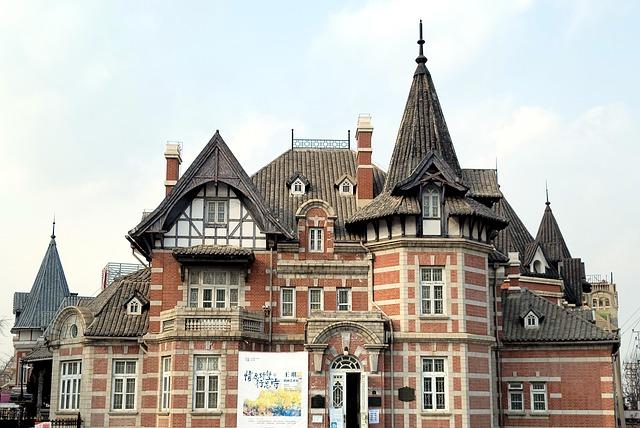
Dalian Jinzhou Bay stands as a remarkable feat of engineering, transforming a natural landscape into a bustling hub of air travel.This expansive artificial island airport is strategically positioned to enhance connectivity and facilitate economic development both regionally and internationally. With its state-of-the-art facilities and crucial geographical location, the airport is set to streamline travel and trade routes, making Dalian a key player in the global aviation sector.
The significance of this airport extends beyond mere transportation; it symbolizes innovation and modernization within China’s infrastructure landscape. Key features of the Dalian Jinzhou Bay airport include:
- Architectural innovation: Designed to withstand the challenges posed by coastal weather.
- Capacity for Growth: Equipped to handle a large volume of passengers and cargo.
- Sustainable Practices: Incorporating eco-friendly technologies in its operations.
This artificial island is not only a technological marvel but also a catalyst for urban development, anticipated to drive tourism and promote local businesses. The airport is expected to substantially impact the surrounding area,providing opportunities for job creation and enhancing the overall economic landscape.
Engineering Marvel: The Construction Techniques Behind the World’s Largest Airport Island
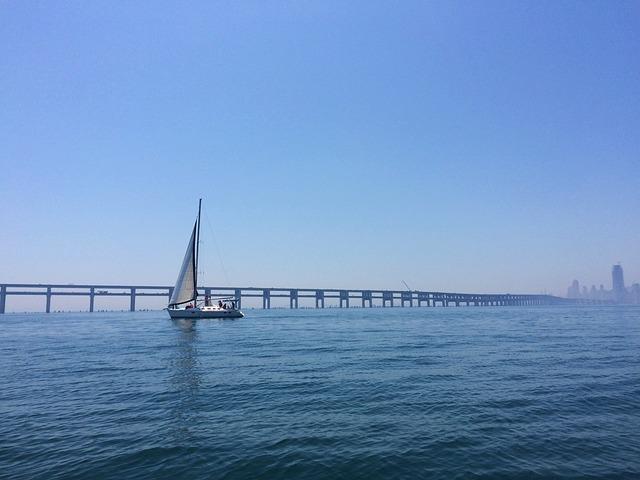
The construction of the world’s largest artificial island airport showcases an array of cutting-edge engineering techniques that blend innovation with environmental sensitivity. One of the core principles guiding this monumental project was the use of soil stabilization methods to ensure the newly formed island could securely support the extensive infrastructure required for a major aviation hub. Techniques such as deep mixing and geotextile inclusion were employed, allowing for enhanced load distribution and greater durability against environmental forces such as waves and erosion. Furthermore,the creation of a series of breakwaters around the island not only protects it from harsh sea conditions but also aids in minimizing sedimentation around the airport’s runways.
Equally extraordinary are the sustainable practices integrated into the construction process, which include the use of local materials and innovative recycling techniques that significantly reduced the carbon footprint. The project adopted a modular construction approach, enabling faster assembly and reducing waste.Additionally,advanced drainage systems were designed to manage rainfall and prevent flooding,showcasing an emphasis on resilience. As a result, the airport is set to not only serve as a gateway for travelers but also as a benchmark for future infrastructure projects aiming to balance human and environmental needs.
Environmental Considerations: Balancing Development with Ecological Impact

as urban areas expand and populations burgeon,the drive to develop infrastructure frequently enough comes at the expense of the environment. the construction of the world’s largest artificial island airport at dalian Jinzhou bay exemplifies the need to carefully weigh the benefits of development against potential ecological repercussions. Various factors must be considered to ensure that progress does not compromise the delicate balance of local ecosystems, which includes:
- Habitat Preservation: monitoring and mitigating the impact on local wildlife habitats is essential. The introduction of new infrastructure can disrupt breeding and feeding patterns of native species.
- Water Quality: Construction activities may lead to increased runoff and sedimentation in surrounding water bodies, which can affect marine life and water quality.
- Air Quality: emissions from construction machinery and an increase in airport traffic could contribute to air pollution, necessitating stricter regulatory measures.
In order to successfully integrate the airport into its surroundings, complete environmental assessments have become a necessary component of the planning process. This involves collaboration among various stakeholders, including governmental bodies, environmental organizations, and the local community.A thorough analysis of ecological impacts typically includes:
| Assessment Area | Impact Type | Mitigation Strategies |
|---|---|---|
| Wildlife | Habitat Disruption | Creating conservation zones |
| Water Resources | Pollution | Implementing filtration systems |
| Aesthetic Landscape | Visual Pollution | Landscaping with native flora |
Travel Experience: What Passengers Can Expect at Dalian’s new Airport
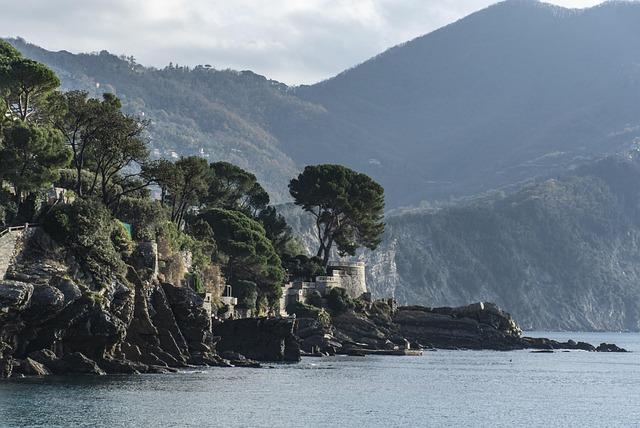
Dalian’s breathtaking new airport, built on the world’s largest artificial island, promises an experience unlike any other for travelers. Passengers arriving at this modern hub can expect a sleek and efficient design that integrates stunning architecture with cutting-edge technology. Key features include:
- Spacious Terminals: Designed to accommodate a high volume of travelers, the terminals feature expansive check-in areas and waiting lounges that emphasize comfort.
- Eco-Friendly Facilities: The airport is equipped with sustainable practices, including energy-efficient lighting and water conservation systems.
- Advanced navigation: intuitive signage and digital wayfinding tools guide passengers seamlessly through the airport.
- Local Culture: Art installations and design elements reflect the rich cultural heritage of Dalian,offering visitors a taste of local tradition.
For those looking to indulge and unwind, the airport also boasts a variety of dining and shopping options. Passengers can explore:
| Dining Options | Shopping Choices |
|---|---|
| Seafood Delights: Sample fresh seafood dishes, a nod to Dalian’s coastal location. | Local Crafts: Browse unique handmade items, perfect for souvenirs. |
| international cuisine: Enjoy a wide range of international food selections to satisfy diverse palates. | Luxury Brands: Shop for high-end fashion and lifestyle products. |
Future Prospects: Economic Implications for Dalian and Beyond

The establishment of the world’s largest artificial island airport at Dalian Jinzhou Bay heralds notable economic transformation not just for Dalian, but for the broader region as well. As a central player in the regional economy, this airport is projected to stimulate various sectors through enhanced connectivity and increased tourism. Industry analysts anticipate that the airport will:
- Boost tourism: With more direct flights, international tourists are expected to flock to Dalian’s picturesque coastal attractions, generating ample revenue.
- Enhance trade: The airport will serve as a pivotal logistics hub, efficiently connecting global markets and facilitating export opportunities for local businesses.
- Stimulate job creation: Both temporary and permanent positions in aviation, hospitality, and service sectors are likely to swell as the airport begins operations.
Furthermore, the infrastructure investment and technological advancements accompanying this project could spur economic growth well beyond Dalian. Other cities in Liaoning Province and neighboring regions are likely to see spillover benefits in their own economic activities. To illustrate the projected impacts, consider the following:
| Economic Benefit | Estimated Impact |
|---|---|
| Increased Tourism Revenue | $300 Million Annually |
| New Jobs Created | 10,000+ Positions |
| Boost to Local Businesses | 15% Growth Rate |
As stakeholders from various sectors unite to harness the potential of this airport, Dalian stands at the forefront of a transformative economic journey, positioning itself on the global map as a burgeoning trade and travel nexus.
Recommendations for Visitors: Tips for exploring Jinzhou Bay and Its Surroundings
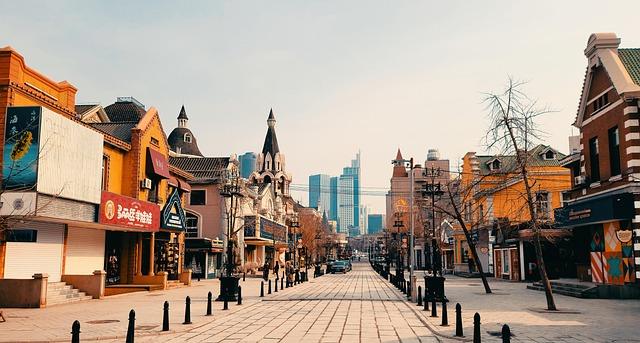
Visitors to Jinzhou Bay and its surrounding attractions will find a blend of natural beauty and urban convenience. To make the most of your experience, consider these essential tips:
- Best Time to Visit: Spring and autumn offer mild weather ideal for outdoor activities.
- Transportation Options: Utilize local buses and taxis for easy access to various sites, but renting a bike can provide a unique viewpoint of the bay area.
- Cultural Etiquette: Familiarize yourself with local customs; a simple smile and polite greeting can go a long way.
- Photography Tips: Early morning or late afternoon are the best times for stunning photographs of the bay and airport.
Exploration of Jinzhou Bay is enhanced by the local culinary scene and entertainment options. Be sure to try the following local specialties:
| Dish | Description |
|---|---|
| Pan-Fried Dumplings | crispy on the outside, filled with savory meats and vegetables. |
| Seafood Hotpot | An array of fresh seafood cooked in a spicy and fragrant broth. |
| Jinzhou Fried Rice | A beloved staple with various vegetables and proteins. |
Be sure to take breaks at local parks along the bay for a taste of tranquility,and explore nearby ancient sites to enrich your understanding of the region’s culture and heritage.
Final Thoughts
Dalian Jinzhou bay stands as a remarkable feat of engineering and innovation, exemplifying the potential of artificial island construction in the realm of modern aviation.The world’s largest artificial island airport is not just a testament to human ingenuity but also a reflection of the growing demand for advanced transportation hubs that can accommodate the increasing flow of passengers and cargo in a rapidly globalizing world. As Dalian jinzhou Bay begins to welcome travelers, it promises to enhance connectivity, boost regional economic development, and set new standards for airport design and functionality. As we move forward, this enterprising project may serve as a blueprint for future initiatives in urban planning and infrastructure development, shaping the skies and seas for generations to come.

